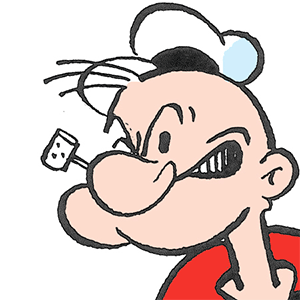Ada Lovelace's skills with language, music and needlepoint contributed to her pioneering work in computing
Published in Science & Technology News
The notes included instructions on how to calculate Bernoulli numbers, which Lovelace knew from her training to be important in the study of mathematics. Her program showed that the Analytical Engine was capable of performing original calculations that had not yet been performed manually. At the same time, Lovelace noted that the machine could only follow instructions and not “originate anything.”
Finally, Lovelace recognized that the numbers manipulated by the Analytical Engine could be seen as other types of symbols, such as musical notes. An accomplished singer and pianist, Lovelace was familiar with musical notation symbols representing aspects of musical performance such as pitch and duration, and she had manipulated logical symbols in her correspondence with De Morgan. It was not a large step for her to realize that the Analytical Engine could process symbols — not just crunch numbers — and even compose music.
Inventing computer programming was not the first time Lovelace brought her knowledge from different areas to bear on a new subject. For example, as a young girl, she was fascinated with flying machines. Bringing together biology, mechanics and poetry, she asked her mother for anatomical books to study the function of bird wings. She built and experimented with wings, and in her letters, she metaphorically expressed her longing for her mother in the language of flying.
Despite her talents in logic and math, Lovelace didn’t pursue a scientific career. She was independently wealthy and never earned money from her scientific pursuits. This was common, however, at a time when freedom – including financial independence – was equated with the capability to impartially conduct scientific experiments. In addition, Lovelace devoted just over a year to her only publication, the translation of and notes on Menabrea’s paper about the Analytical Engine. Otherwise, in her life cut short by cancer at age 37, she vacillated between math, music, her mother’s demands, care for her own three children, and eventually a passion for gambling. Lovelace thus may not be an obvious model as a female scientist for girls today.
However, I find Lovelace’s way of drawing on her well-rounded education to solve difficult problems inspirational. True, she lived in an age before scientific specialization. Even Babbage was a polymath who worked in mathematical calculation and mechanical innovation. He also published a treatise on industrial manufacturing and another on religious questions of creationism.
But Lovelace applied knowledge from what we today think of as disparate fields in the sciences, arts and the humanities. A well-rounded thinker, she created solutions that were well ahead of her time.
This article is republished from The Conversation, an independent nonprofit news site dedicated to sharing ideas from academic experts. It was written by: Corinna Schlombs, Rochester Institute of Technology. The Conversation has a variety of fascinating free newsletters.
Read more:
Leonardo joined art with engineering
Why science and engineering need to remind students of forgotten lessons from history
Corinna Schlombs does not work for, consult, own shares in or receive funding from any company or organization that would benefit from this article, and has disclosed no relevant affiliations beyond their academic appointment.







Comments